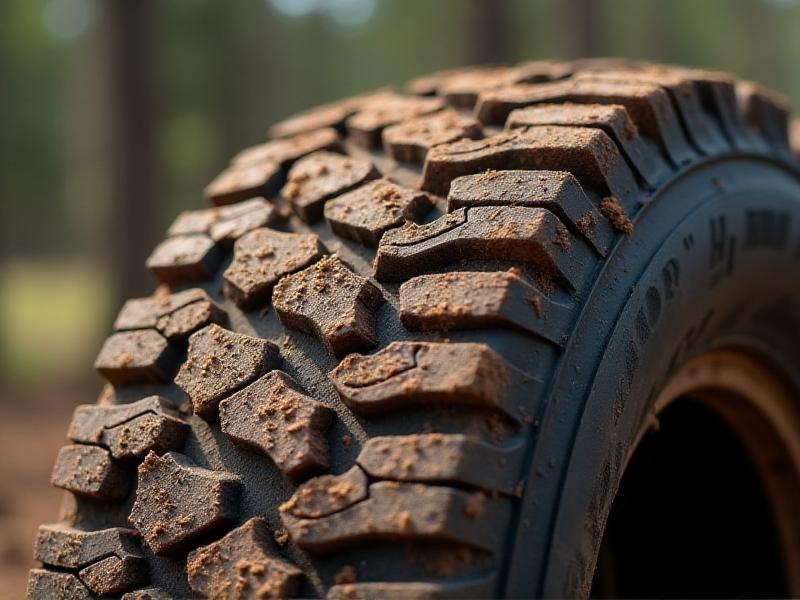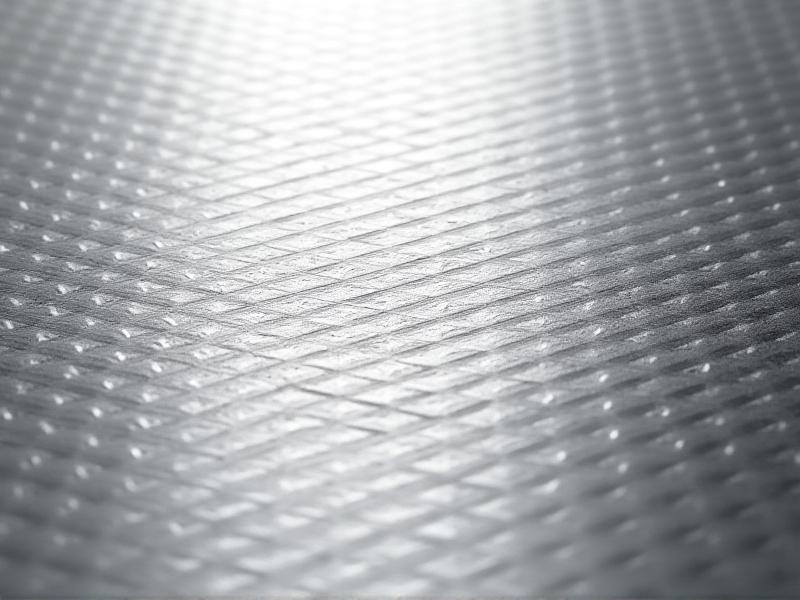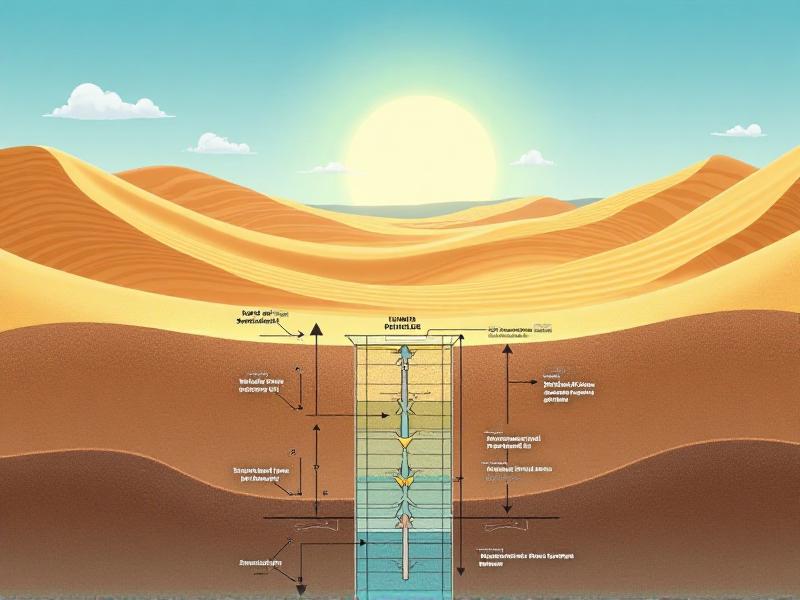Mud/Snow Tire Tread Pattern Analysis
The Importance of Tread Patterns in Mud and Snow Tires
When it comes to driving in challenging conditions like mud or snow, the tread pattern of your tires plays a crucial role in ensuring safety and performance. Unlike regular tires, mud and snow tires are particularly made to manage uneven, slippery, or loose situations. The tread pattern is engineered to provide maximum traction, prevent hydroplaning, and enhance stability. Knowing the physics underlying these patterns can enable you to choose tyres for your car wisely.
Mud tires, for instance, feature large, aggressive tread blocks with deep grooves that help grip loose terrain and expel mud quickly. Snow tires, on the other hand, incorporate smaller, more intricate sipes and grooves that bite into snow and ice, providing better control. The differences in these patterns are not just aesthetic; they are the result of extensive research and testing to optimize performance in specific conditions.

Key Features of Mud Tire Tread Patterns
Mud tires are designed to tackle some of the most demanding terrains, from deep mud to rocky trails. Their tread patterns are characterized by large, chunky blocks with wide gaps between them. These gaps, known as voids, allow the tire to self-clean by expelling mud, rocks, and debris as the tire rotates. This prevents the tread from becoming clogged, which could otherwise reduce traction.
Another critical feature of mud tires is the depth of the tread. Deeper treads provide better grip in soft, uneven surfaces by digging into the terrain. Additionally, the edges of the tread blocks are often angled or tapered to enhance sidewall traction, which is essential when navigating steep or slippery inclines. While these tires excel in off-road conditions, they can be noisy and less efficient on paved roads due to their aggressive design.

Key Features of Snow Tire Tread Patterns
Snow tires, also known as winter tires, are engineered to perform in cold, icy, and snowy conditions. Their tread patterns are vastly different from those of mud tires, focusing on providing grip on slippery surfaces. Snow tires feature numerous small slits called sipes, which create additional biting edges that grip snow and ice. These sipes also help to channel water away from the tire's contact patch, reducing the risk of hydroplaning.
Another distinguishing feature of snow tires is their softer rubber compound, which remains flexible in freezing temperatures. This flexibility allows the tire to maintain better contact with the road, improving traction and braking performance. The tread pattern often includes zigzag or wavy grooves that enhance grip and stability. While snow tires are essential for winter driving, they wear out faster on dry roads and should be replaced with all-season or summer tires when the weather warms up.

Comparing Mud and Snow Tire Tread Patterns
While both mud and snow tires are designed for challenging conditions, their tread patterns serve different purposes. Mud tires prioritize large, deep voids to expel debris and provide traction in loose, uneven terrain. Snow tires, on the other hand, focus on creating numerous biting edges and channels to grip slippery surfaces and disperse water. The differences in their designs reflect the unique demands of the environments they are intended for.
One key similarity between the two is their emphasis on maintaining traction in adverse conditions. However, the trade-offs differ. Mud tires may sacrifice on-road comfort and efficiency for off-road capability, while snow tires may wear out faster on dry roads but provide unparalleled safety in winter weather. Understanding these differences can help drivers choose the right tires for their specific needs.
How Tread Patterns Affect Performance in Specific Conditions
The performance of mud and snow tires is heavily influenced by their tread patterns. In muddy conditions, the large voids in mud tires allow them to dig into the terrain and expel mud, preventing the tire from losing traction. In snowy or icy conditions, the sipes and grooves in snow tires create multiple edges that grip the surface, providing better control and stability.
However, the effectiveness of these tread patterns can vary depending on the specific conditions. For example, mud tires may struggle in wet snow, where the smaller sipes of snow tires would perform better. Similarly, snow tires may not provide sufficient traction in deep mud, where the aggressive tread of mud tires is needed. When choosing tires, drivers should take into account the usual circumstances they will face to guarantee best performance.
Choosing the Right Tires for Your Driving Needs
Selecting the right tires for your vehicle depends on a variety of factors, including the typical driving conditions, your vehicle type, and your driving habits. For off-road enthusiasts who frequently tackle muddy or rocky terrain, mud tires are the obvious choice. Their aggressive tread patterns and durable construction make them ideal for extreme conditions.
For drivers in regions with harsh winters, snow tires are essential for safe and reliable performance. Their specialized tread patterns and flexible rubber compounds provide the traction and control needed to navigate icy and snowy roads. If you live in an area with mild winters but occasional snow, all-season tires with a focus on winter performance may be a suitable compromise.
Maintaining Your Mud and Snow Tires for Optimal Performance
Proper maintenance is crucial to ensuring the longevity and performance of your mud and snow tires. Regularly inspecting the tread depth and condition can help you identify signs of wear or damage. For mud tires, cleaning the tread after off-road adventures can prevent debris from hardening and affecting performance. For snow tires, storing them properly during the off-season can prevent cracking and deterioration of the rubber compound.
Rotating your tires at regular intervals can also promote even wear and extend their lifespan. Additionally, maintaining the correct tire pressure is essential for optimal performance and safety. Overinflated or underinflated tires can reduce traction and increase the risk of accidents. By following these maintenance tips, you can ensure that your tires perform at their best when you need them most.
Innovations in Tire Tread Technology
The tire industry is constantly evolving, with new innovations aimed at improving performance, safety, and sustainability. Recent advancements in tread technology include the development of adaptive tread patterns that adjust to changing conditions. For example, some tires now feature variable tread blocks that provide a balance between off-road capability and on-road comfort.
Another exciting innovation is the use of 3D siping technology, which enhances the flexibility and grip of snow tires. Eco-friendly materials and manufacturing processes are also becoming more prevalent, reducing the environmental impact of tire production. As these technologies continue to advance, drivers can expect even greater performance and versatility from their tires.
Final Thoughts on Mud and Snow Tire Tread Patterns
Understanding the intricacies of mud and snow tire tread patterns can significantly enhance your driving experience in challenging conditions. Whether you're navigating a muddy trail or braving a snowy highway, the right tires can make all the difference. By considering the specific features and benefits of each tire type, you can make informed decisions that prioritize safety and performance.
As tire technology continues to evolve, staying informed about the latest innovations can help you stay ahead of the curve. Whether you're an off-road enthusiast or a winter commuter, investing in the right tires and maintaining them properly will ensure that you're prepared for whatever the road throws your way.








